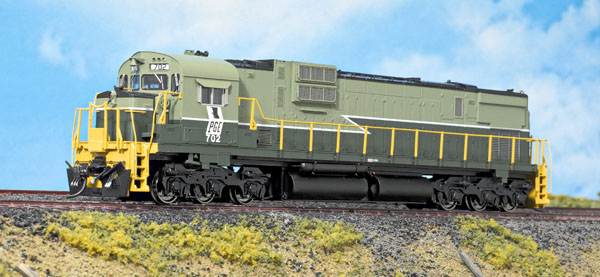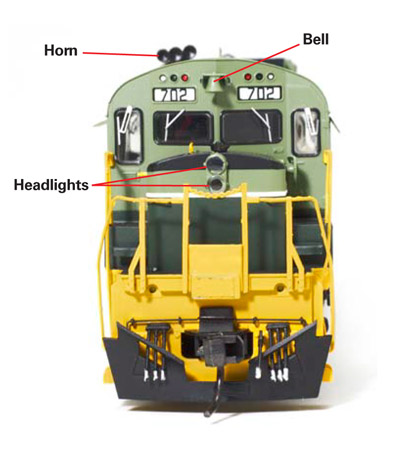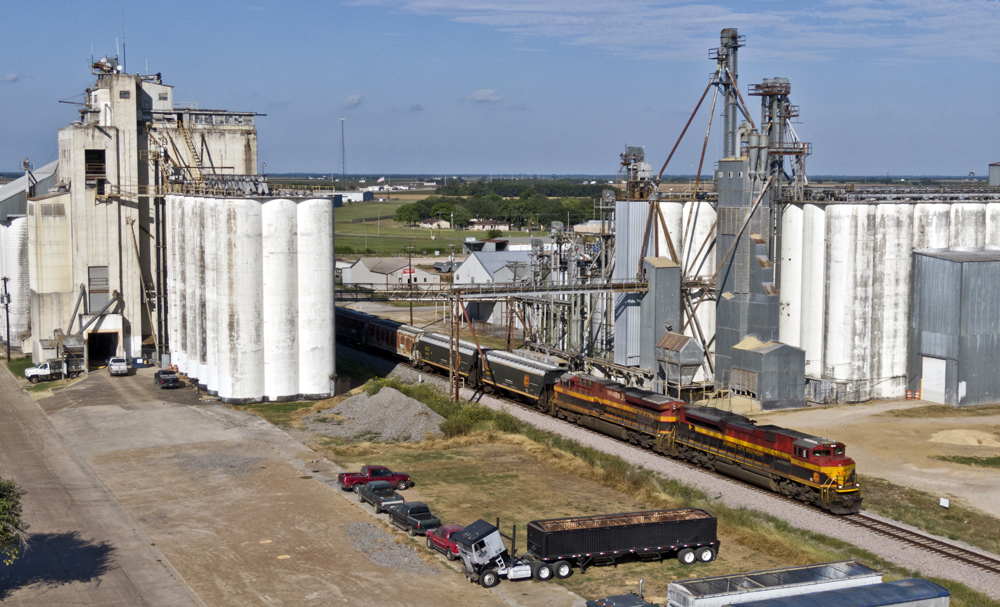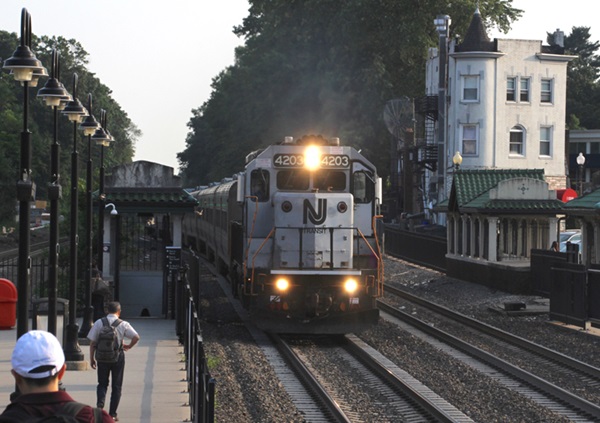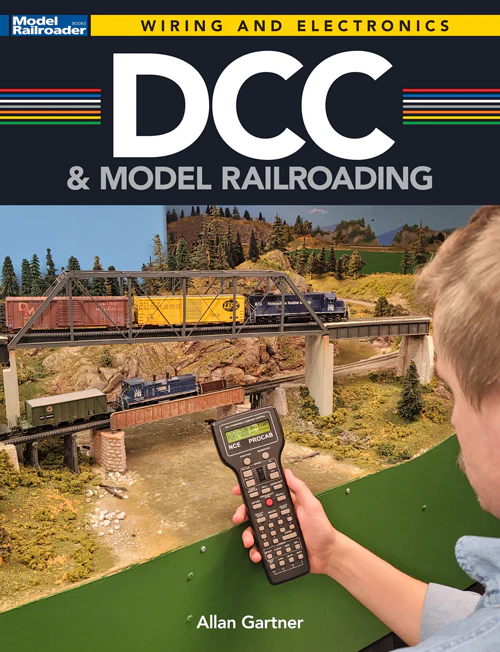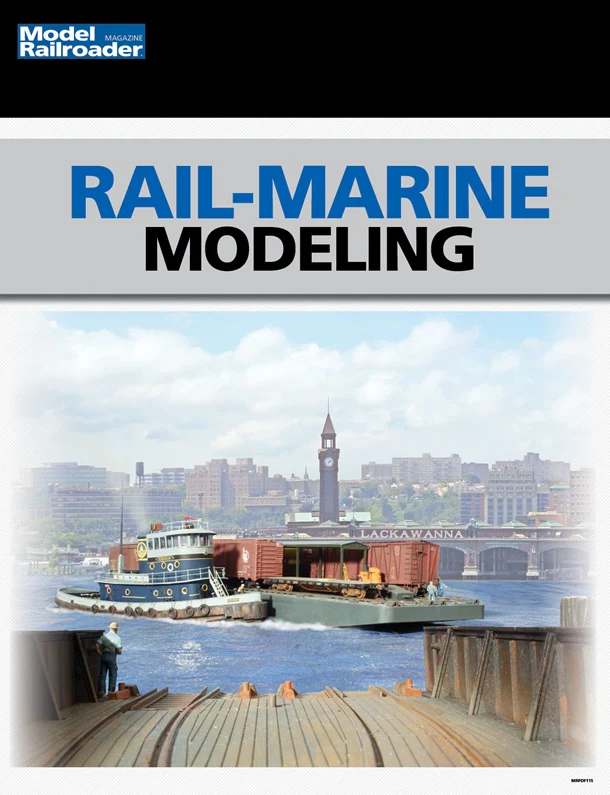M designation indicated that the engine had been tweaked from its original Alco design to meet Canadian demands.
The C-630M, which was most easily distinguished from the base C-630 by its Dofasco trucks, was built between August 1967 and July 1969. Canadian National bought 44 units, Canadian Pacific ordered eight, and four went to the Pacific Great Eastern.
Bowser’s HO scale models represent the C-630M locomotives initially sold to CP, CN, and PGE, plus repaint schemes for locomotives sold or transferred to other roads.
However, our sample had a discrepancy in the body. Prototype photos show that the four C-630Ms built for the PGE had a single air intake grill behind the dynamic brake. Bowser’s model, though, has two grills, which would be correct for the CP and CN locomotives, but not the PGE and BC Rail versions.
On the test track. The locomotive performed smoothly on both direct current and Digital Command Control. At just a fraction over 7V, the engine rolled slowly and steadily. It reached a peak speed at 12V of just over 90 scale mph, which is close to the top speed of the prototype in its highest gearing. On DCC, speed step 28 produced a speed of just over 70 scale mph.
Our workbench force meter measured enough pulling power for a 40-car train. The manufacturer suggests a minimum radius of 22″.
Oh, Canada. Previously, modelers of the CN, CP, and their predecessor roads had to make do with not-quite-right Alco C-630s. Now, they should be glad to have these Bowser models with DCC sound, correct trucks, and prototypical details.
Manufacturer
Bowser Mfg.
1302 Jordan Ave.
Montoursville, PA 17754
bowser-trains.com
Road names (two road numbers each): Pacific Great Eastern; BC Rail (two-tone green or red, white, and blue); Canadian National (zebra stripes or wet noodle herald); Canadian Pacific (Multimark with nose stripes and ditch lights, Multimark with nose stripes without ditch lights, Multimark with full face stripes without ditch lights, or script lettering); and Cape Breton & Central Nova Scotia (zebra stripes, one road number, or dark green with lion herald).
Era: 1967 to 1990s
Features:
- All-wheel power and electrical pickup
- Blackened metal RP-25 contour wheelsets, in gauge
- Etched-metal and wire details
- Five-pole, skew-wound motor with dual brass flywheels
- Kadee magnetic knuckle couplers, at correct height
- Minimum radius: 22″
- Prototype-specific details
- SoundTraxx Digital Command Control sound decoder (DCC model only)
- Weight: 1 pound 21⁄2 ounces





